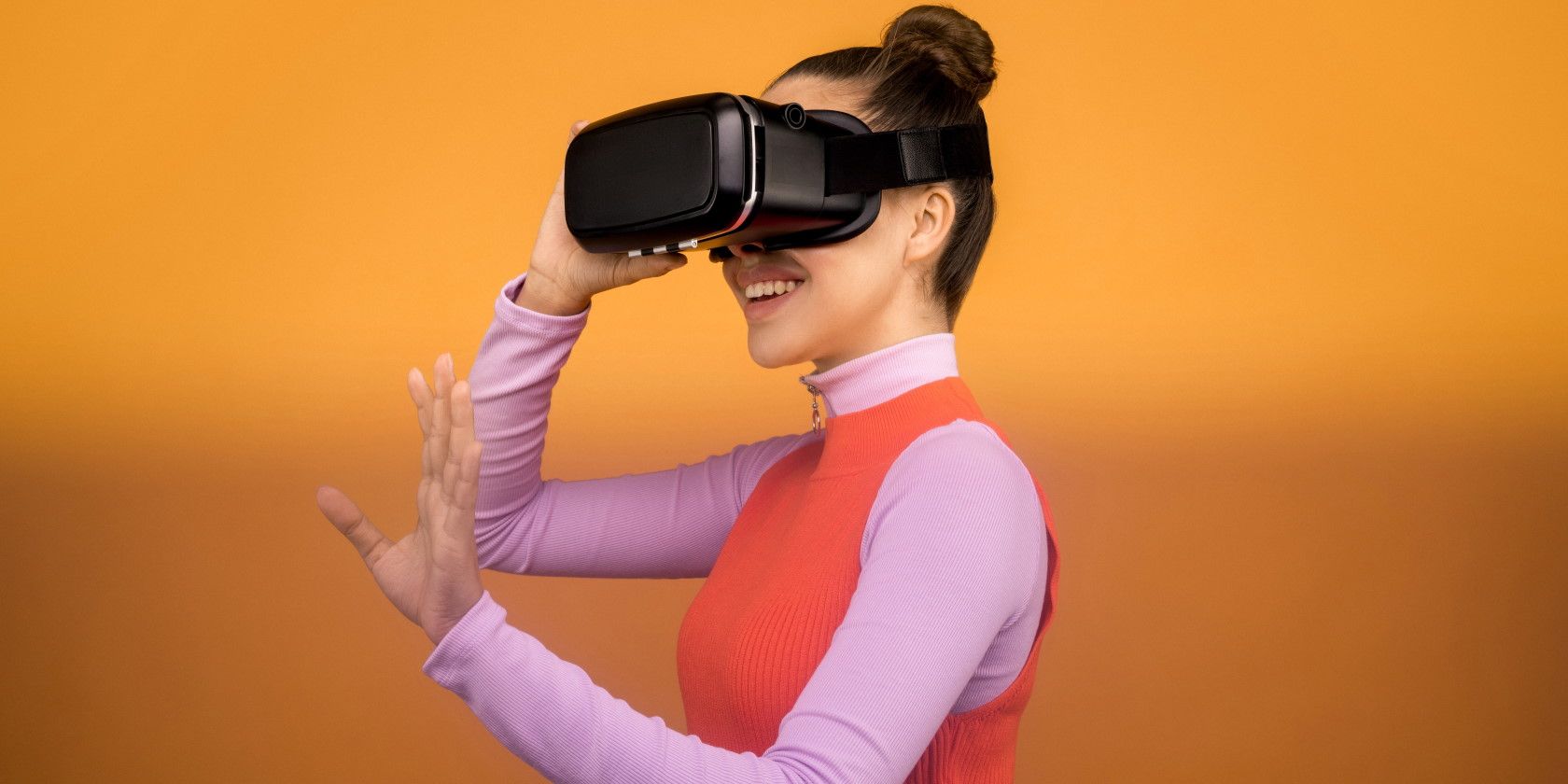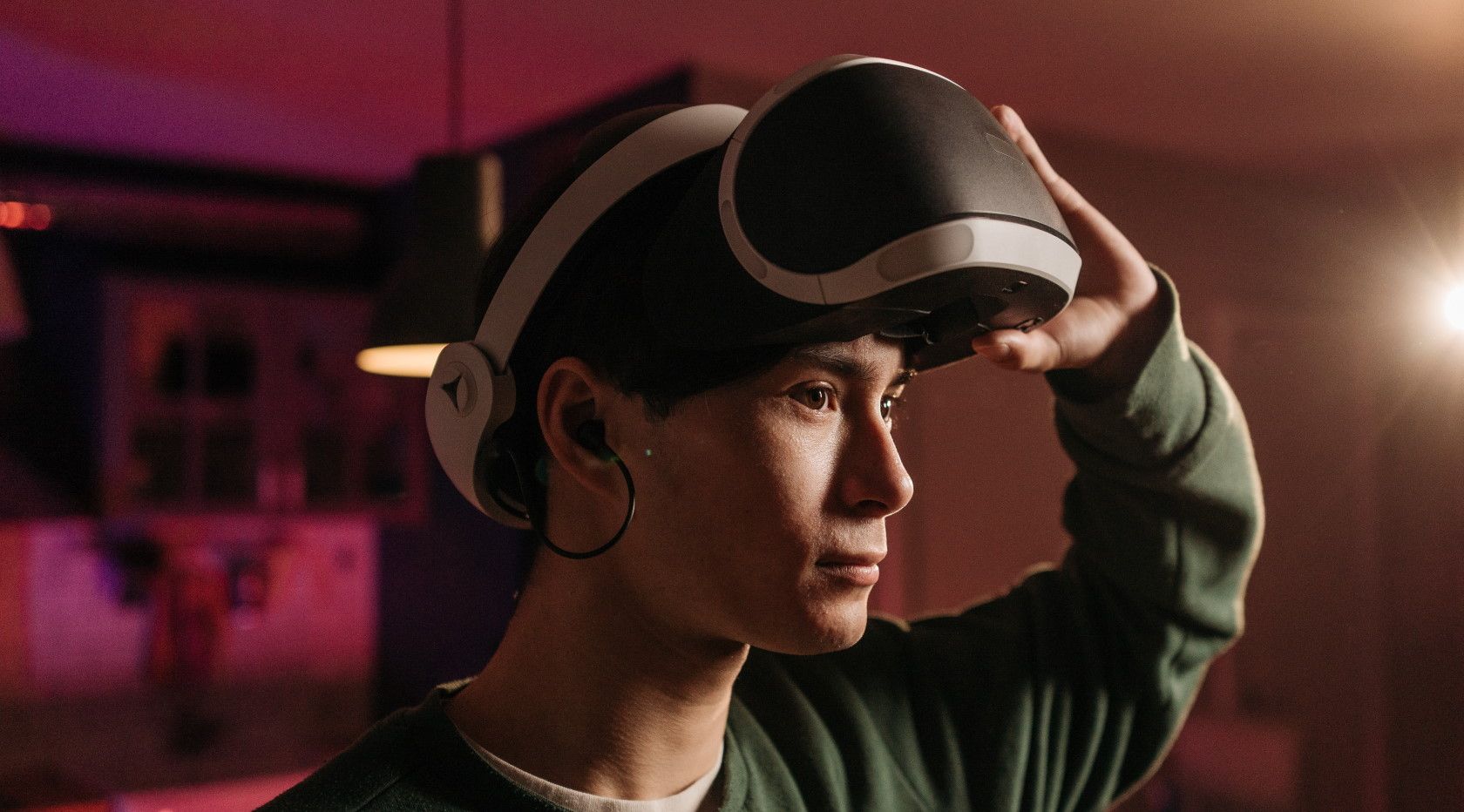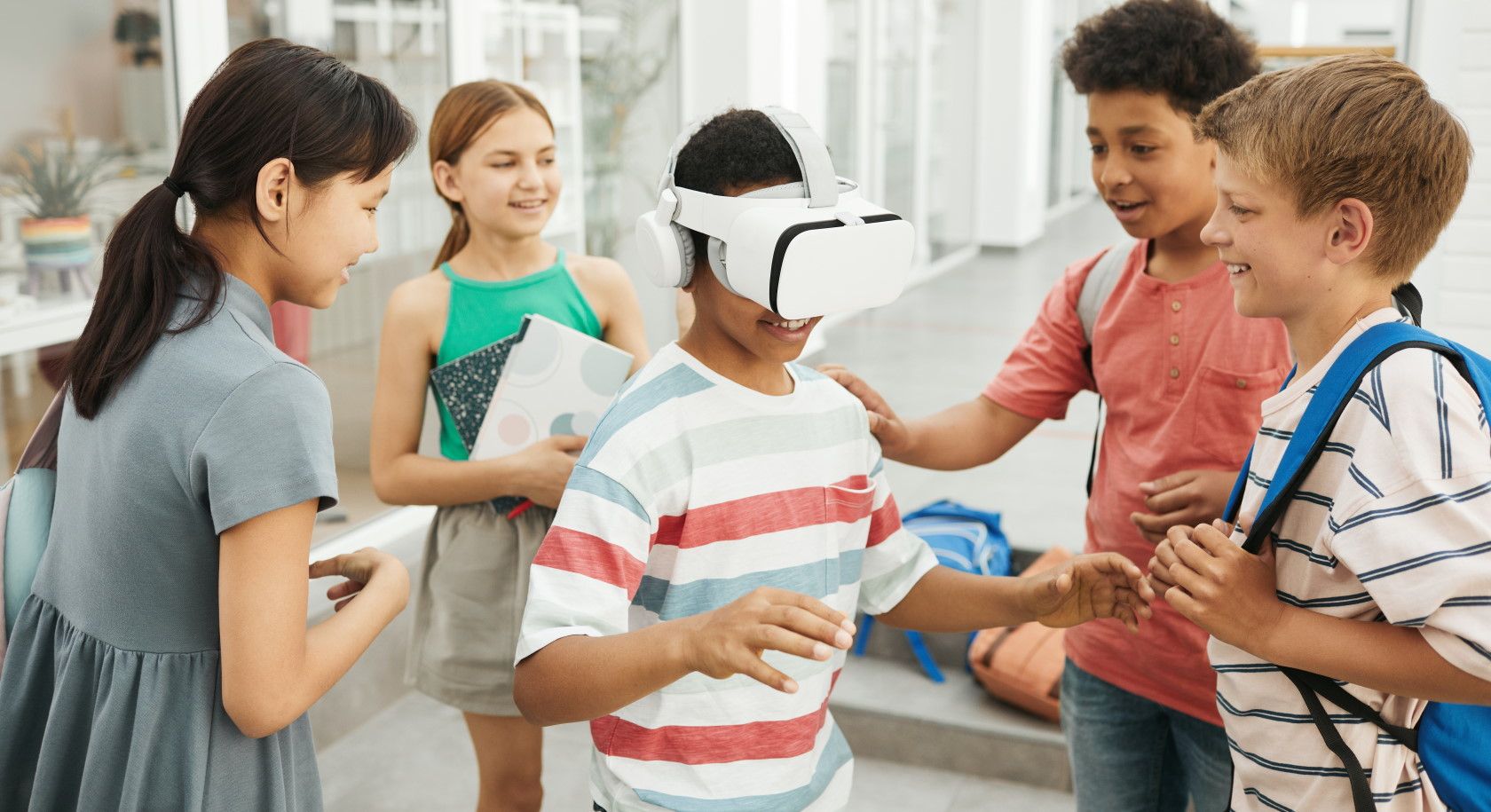Virtual reality is a way to leave the real world and enter a virtual one where you can do anything and go anywhere your heart desires. All you have to do to enter this virtual world is pop on a VR headset, be it a fancy pair of goggles, like the Oculus Quest 2, or a gadget merely made out of cardboard.
However, as much fun as VR is, could it unintentionally be harming your eyes?
How Does VR Work?
As virtual reality continues to take the world by storm, many people think VR could be the future of wearable technology. This technology works in several ways, but the most important part is the headset. You’ll either be using a set of goggles to look at a split-screen or two separate displays. In other cases, you’ll place your smartphone into the headset and use it as the display screen.
Apart from the many amazing VR games available, VR technology has appeared in the medical field, pain management therapy, and military training.
In simple terms, VR works by using software to create an interactive 3D world that you feel like you’re a part of. When it comes to the different parts of a virtual reality experience, the most important functionalities are the field of view, frame rate, 360-degree sound, and motion tracking.
Harmful Effects of VR on Your Eyes
Spending a lot of time staring at a screen can harm your eyes, and the same goes for using a virtual reality headset. However, the effects of extended VR use could be exacerbated by the fact that the display is mere centimeters away from your eyes. One of the most common harmful effects of VR is eye strain.
According to Mayo Clinic, a few signs and symptoms of eye strain include sore or itching eyes, double vision, headaches, and a sore neck. Although eye strain tends to go away fairly quickly without long-term effects, it is an uncomfortable experience.
Excessive VR use can also sometimes cause another harmful effect: eye or muscle twitching. While eye strain usually doesn't last very long, eye twitching can sometimes last for hours or even days. Eye twitching isn’t necessarily harmful, but it's definitely annoying and distracting.
If you’ve been using your VR headset a little too often or for extended periods of time, then you might start to experience blurred or cloudy vision—one of the most common symptoms of computer vision syndrome. According to Workplace Health and Safety, you can minimize the risk of experiencing it by using the 20-20-20 rule: every 20 minutes, look at a spot at least 20 feet away for 20 seconds. That gives your eyes a break from the difficult task of focusing on close-up points on a screen.
VR can also cause motion sickness. Many people who use a VR headset for the first time say that they feel queasy and sick afterward. You’ve probably experienced motion sickness before while traveling on a boat, driving over bumps in a car, or riding a rollercoaster. Motion sickness occurs when your eyes, ears, and body send mixed messages to your brain that it can’t make sense of.
But how does virtual reality cause motion sickness? In short, VR games make you feel completely immersed in a simulated world, but while your body isn't moving, the brain thinks it is. This can sometimes make you feel ill.
How to Avoid the Harmful Effects of VR
While it's helpful to know the potential causes of these uncomfortable effects, it's even more important to know how to avoid them. There are many effective ways to deal with screen time exhaustion, including following the 20-20-20 rule and adjusting your posture.
To prevent eye strain, blurry vision, and other side effects, remember to blink! People tend to blink less when they stare at digital screens, and this applies to VR as well as traditional computers.
So if you’re having trouble with these effects, remove the headset, and take a breather for a couple of minutes as you blink and rest your eyes.
If you’re a keen VR gamer, taking breaks may be tough to do. But breaks are vital to avoid doing any damage to your eyes. Try to schedule breaks from your VR headset every hour or so and step away from piloting your spaceship, just for a few minutes.
Another tip for wearing a VR headset is that you should customize it to suit your particular needs. Everyone is different, so you’ll want to adjust the headset’s straps and focal distance according to what makes you feel most comfortable.
Can VR Benefit Your Eyes?
Now that you've learned about the negative effects of VR on the eyes, consider this: is it possible that VR can benefit your eyes? Used the right way, it can! VR is often used in the medical field to identify and treat certain eye problems. In some instances, VR helps doctors identify eye muscle imbalance and treat amblyopia (lazy eye), lack of stereo depth perception, and vergence dysfunction.
Vivid Vision is one such vision therapy program that uses VR. Both children and adults can use Vivid Vision from the comfort of home. Another great example of VR technology assisting eye care is IrisVision, a VR headset device that helps people with visual impairments see the world more clearly.
Meanwhile, Luminopia’s VR therapy is an FDA-approved treatment that uses a VR headset to help children dealing with lazy eye syndrome enhance their vision and strengthen their eyes.
The VR headset allows them to watch their favorite TV shows and movies in a modified form. It splits the content into two images—one for the weak eye and one for the strong eye. Over time, the weak eye should gain strength, and both eyes can begin to work together equally.
VR therapy is an especially exciting and appealing treatment for children. Instead of having children go through surgery, wear eye patches or use eye drops, they can put on a VR headset and have fun.
VR Has the Potential to Help
Whether you’re climbing a skyscraper, exploring the Californian coast, or playing an action game like Resident Evil 4, VR can offer endless fun.
The effects of VR on your eyes depend on the way you use it. In moderation, you should be able to avoid the potentially negative effects of the technology.



